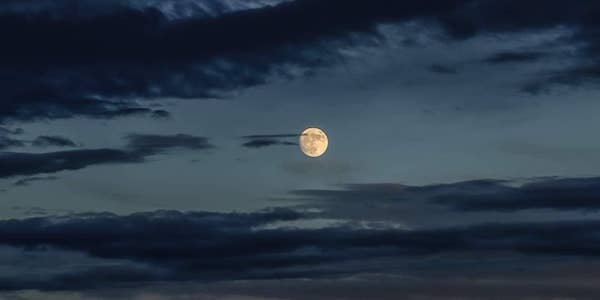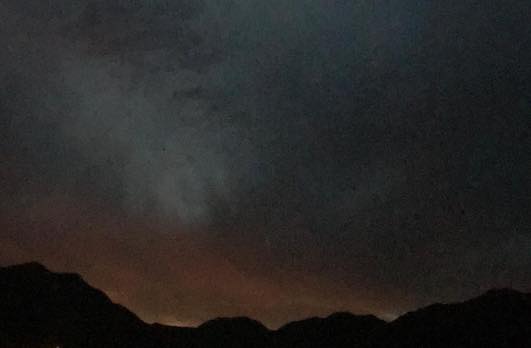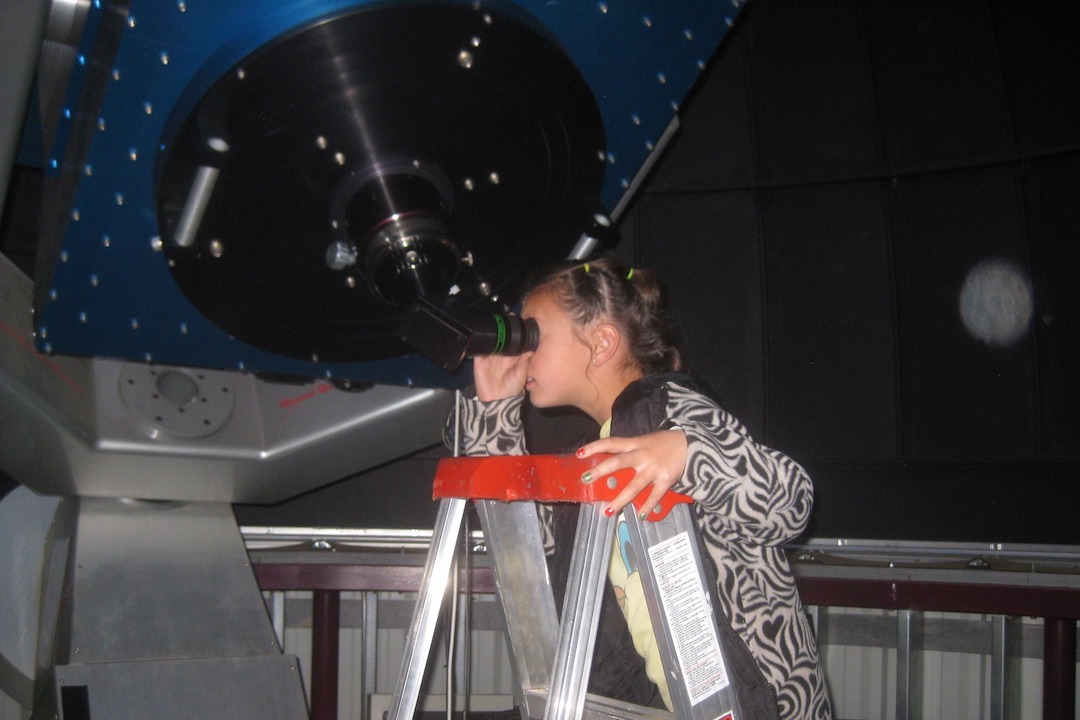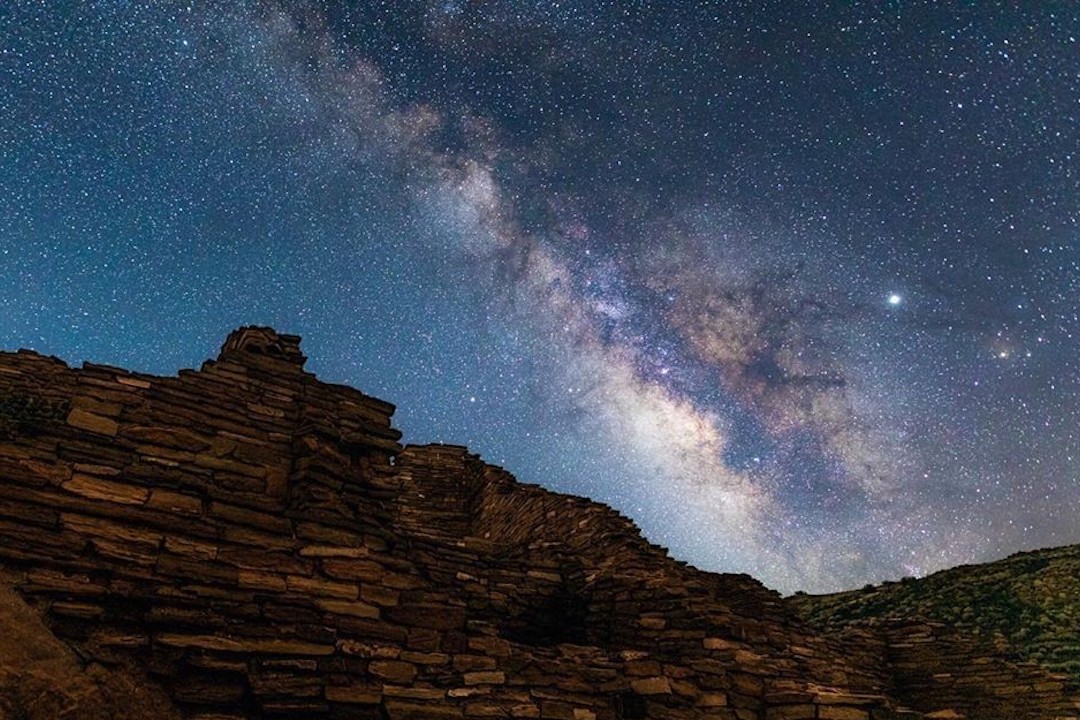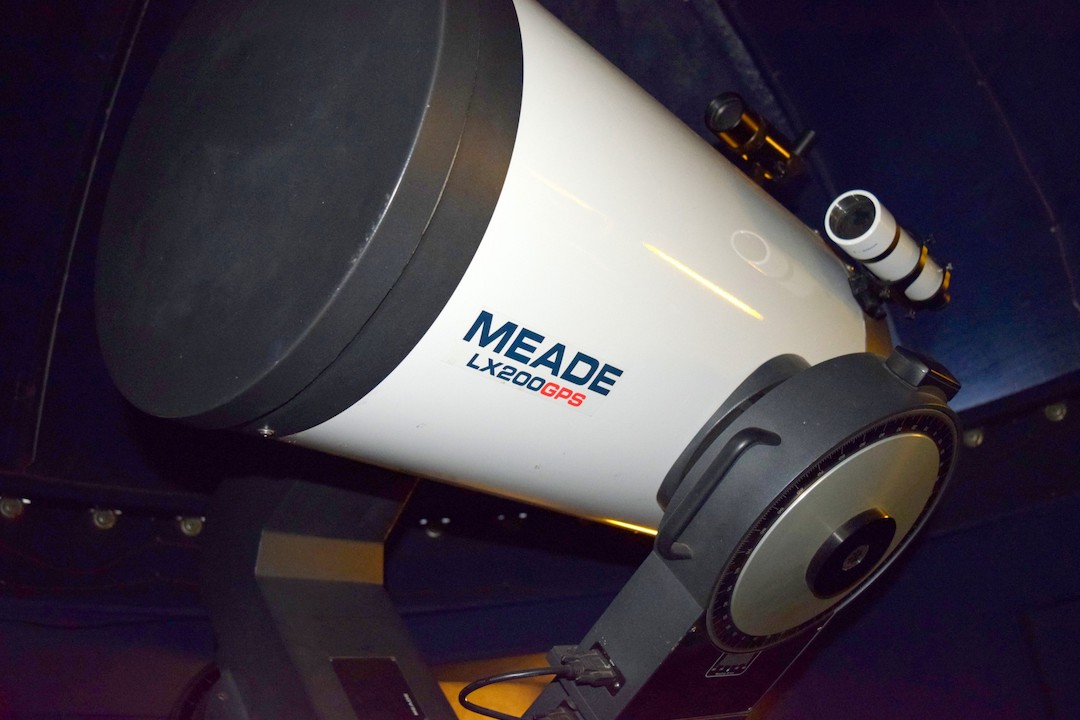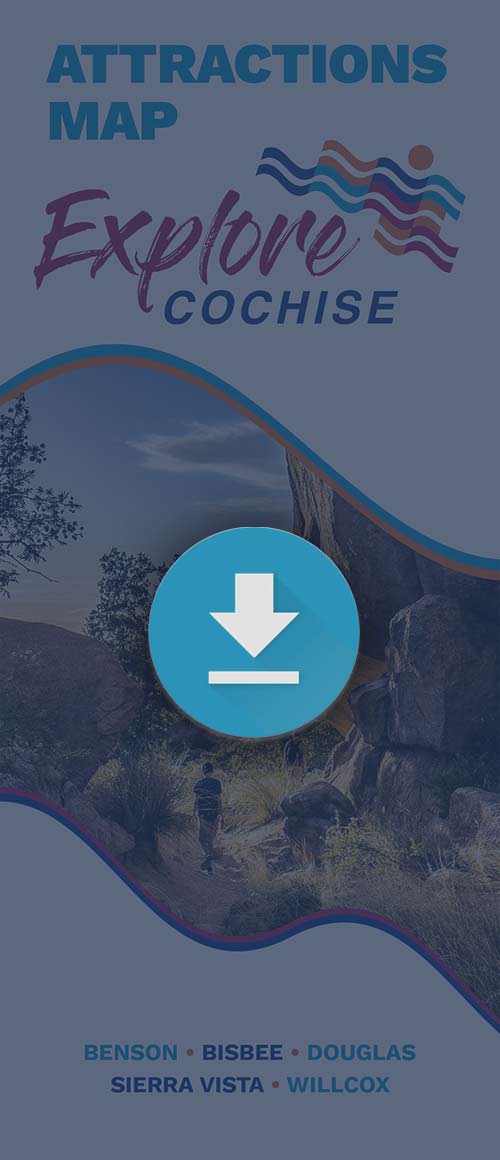Cochise County is a star gazer’s paradise!
Cochise County’s comfortable temperatures and clear skies are ideal for stargazing. Join a “star party” given by local astronomers, visit one of the county’s private observatories, or simply find an off-the-beaten-path spot to gaze into our star studded skies.
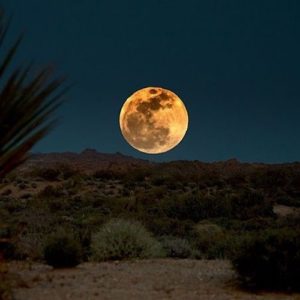 Whether you’re a novice or an expert astronomer, a visit to Cochise County is a star gazer’s delight. And, you will appreciate the county’s many efforts in reducing light pollution and protecting the wonderful dark skies viewed all across our expansive geography.
Whether you’re a novice or an expert astronomer, a visit to Cochise County is a star gazer’s delight. And, you will appreciate the county’s many efforts in reducing light pollution and protecting the wonderful dark skies viewed all across our expansive geography.
There are several observatories throughout Cochise County that offer stunning views of the region’s dark skies. Learn more about these observatories below and plan your next excursion today!
INTERNATIONAL DARK SKIES PARKS
Beginning in 2010, Kartchner Caverns State Park management and staff realized accessible facilities made for a good venue for local volunteers with the Huachuca Astronomy Club to conduct nighttime astronomy programs. Since then, the Park has hosted several such events per year and IT is increasingly known across the region among amateur astronomers who bring their telescopes to enjoy access to dark skies.
Despite its location off the beaten path, Chiricahua National Monument has also put on public programs inviting visitors to come experience night skies for several years. Nearly 90 percent of the Monument’s land area is designated wilderness, set aside and protected from development – which affords the site great natural protection from light pollution and skyglow.
The International Dark-Sky Association designated Kartchner Caverns State Park as a “Silver” tier level Dark Sky Park, becoming the fifth such park in Arizona. In addition, Coronado National Monument received Dark Sky Park designation in April 2021. The IDSA calls the night sky quality over the Monument “nearly pristine.” Star-studded skies at both Kartchner Caverns State Park and Chiricahua National Monument offer dazzling night views.
RESOURCES
Looking for more information on dark skies? Check out the resources below.
| 1 | The International Dark-Sky Association (IDA) is the recognized authority on light pollution and is the leading organization combating light pollution worldwide. | Visit |
| 2 | Fun fact: Arizona is home to more certified Dark Sky Places than anywhere else in the world. No country outside the U.S. can rival the state’s 19 dark-sky communities, places and parks. Arizona also boasts ten Dark Sky Parks, defined by the IDA as lands with “exceptional quality of starry nights and a nocturnal environment that is specifically protected for its scientific, natural, educational, cultural heritage, and/or public enjoyment.” | Visit |


